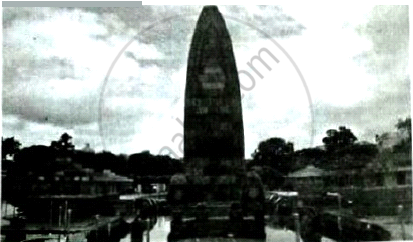Advertisements
Advertisements
Question
Give one example each to show that the following participated in the Non-Cooperation Movement, (i) Gandhiji (ii) Educated Indians and (iii) Indian masses.
Solution
(i) In order to give an example from his own life, Gandhiji returned the medals, he had been awarded from his work in South Africa.
(ii) Many educated Indians also returned their degrees, titles and honours.
(iii) People boycotted Government functions. The lawyers gave up their legal practice, students left their schools and colleges, teachers submitted their resignation and worked for the Movement.
APPEARS IN
RELATED QUESTIONS
State any two provisions of the Rowlatt Act passed by the government in 1919.
Name the leaders of the Khilafat movement that was launched in India to champion the cause of the Caliph of Turkey.
With reference to the picture given below, answer the following questions:

- Identify the Memorial built for those who were killed in this incident.
- Where did this incident take place?
- Name the movement launched by Gandhi in 1920 as a consequence.
When and why did Gandhiji organise the Champaran Satyagraha in Bihar?
Mention one item each of the positive and negative programme of the Non-Cooperation Movement.
How did the Khilafat Movement come to an end?
In what way did Gandhiji involve Indian masses in the National Movement? In this respect, how did he differ from the Moderates?
What was the Khilafat Movement? Name the leaders of the Khilafat Movement that was launched in India to Champion the cause of the Caliph of Turkey.
Or
Who were the leaders of the Khilafat Movement?
What did the Non-Cooperation Movement consist of?
The advent of Mahatma Gandhi into the Indian National Congress is 1919 brought a dramatic change in the National Movement. In this context explain four ideological tenets of the Mahatma Gandhi.
